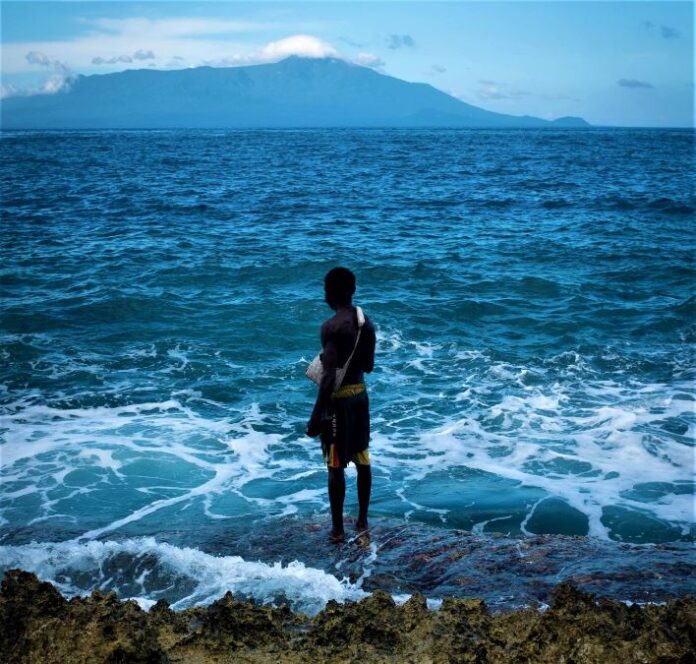
PAPUA New Guinea’s marine environment is vast and diverse, covering approximately 1.6 million square kilometres. It lies at the heart of the Coral Triangle, with the highest coral diversity in the world. Papua New Guinea’s abundant ocean resources contain significant potential to catalyse new economic opportunities for nearly ten percent of the population that live within one kilometre of the sea.
For 2021, World Ocean Day on 8 June – and Coral Triangle Day on 9 June – is raising awareness and support for the global movement to protect at least 30% of the world’s lands, waters, and ocean by 2030. Safeguarding at least 30% through a network of highly protected areas can help ensure a healthy ocean and climate.
Climate change, unsustainable fisheries activities and an increase of marine and land-based pollution is resulting in the rapid decline of ocean resources. Climate change and unsustainable water extraction contributes to global sea level rise, increased freshwater salinity, and loss of valuable marine life further threatening Papua New Guinea’s coastal and islander communities.
“Coastal populations are growing rapidly, placing pressure on coastal and marine resources which are essential for income, food, medicines, cultural values, and physical protection from severe weather,” said UNDP Resident Representative for Papua New Guinea, Mr Dirk Wagner.
“Less than one percent of Papua New Guinea’s marine areas are under formal protection, and effectively planning and managing how their ocean spaces are utilised is critical.”
The Government of Papua New Guinea increasingly recognises the importance of protecting and conserving its marine ecosystems, which is reflected in PNG’s key national development strategies – including “Vision 2050”, the medium-term development plan III (2018-2022), the national protected areas policy and most recently the National Oceans Policy adopted in 2020.
In support of government, UNDP Sustainable Financing project is supporting the establishment of a 1.33million hectare marine protected area at Kimbe Bay, West New Britain. And now navigating PNG’s remote islands and atolls, UNDP – supported by the Asian Development Bank – is continuing the Building Resilience to Climate Change project to assess real time impacts of the global climate crisis on coastal communities and help them draw up adaptation plans.
However, most economic opportunities in Papua New Guinea linked to marine ecosystems are underexplored and further financing the development of the blue economy will be a challenge.
Financing needs are high, and domestic resources combined with development aid will not be sufficient to meet the scale of capital investments required to develop the blue economy.
Recent years have seen an increase in financing models that support economic activities to generate financial and environmental returns – to help catalyse a new blue economy. Impact finance with significant growth potential includes coral finance, blue bonds, blue themed debt and equity funds, and climate insurance products.
